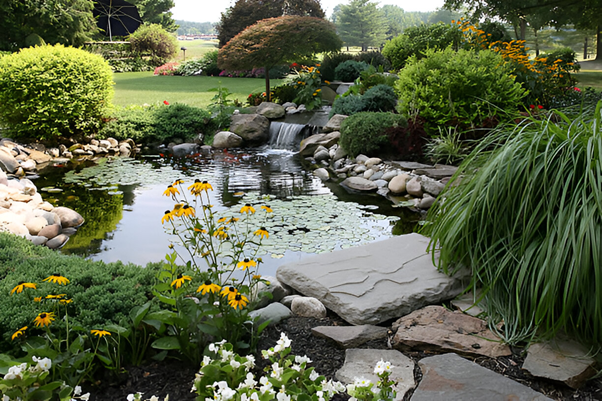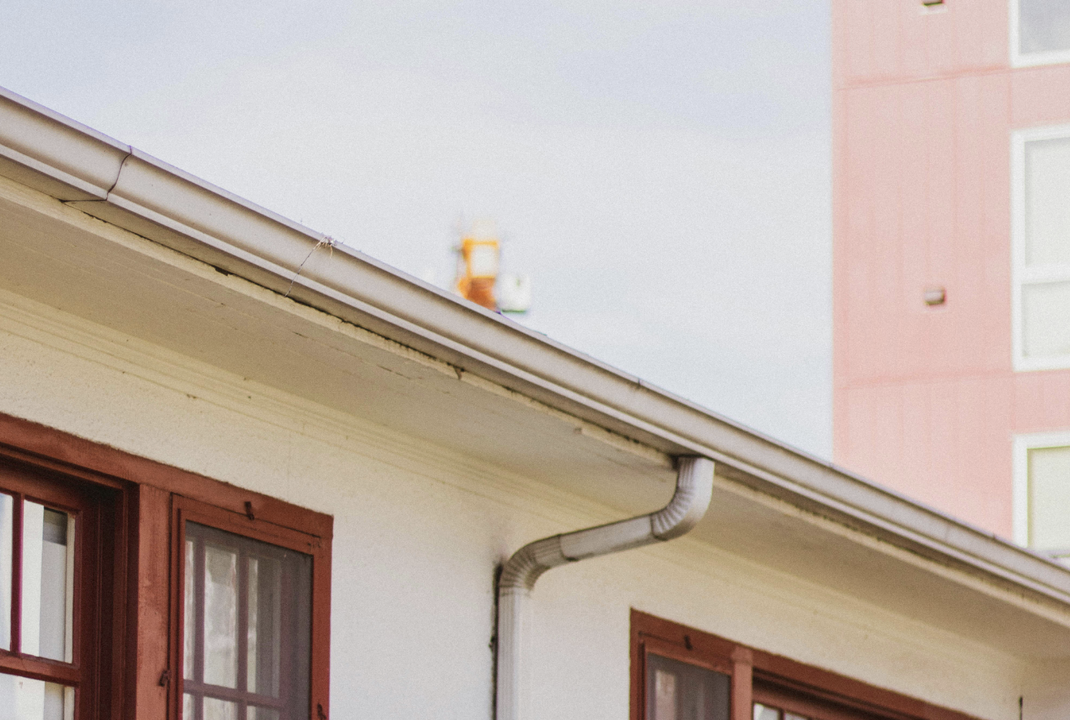Our daily work with clients includes helping them to the appropriate rug and ensuring that the rug meets all of their demands. We inquire about the location of the rug, the sort of traffic it will receive, and the impact the customer wishes the rug to have on the area – such as warming it up, making it appear larger, acting as a focal point, or how to work with numerous rugs in one space. We’ve compiled a list of our most popular tips here.
7 Tips to Buy the Perfect Rug
1. Colour
Avoid wasting hours attempting to match colours precisely. It does not happen naturally, and if you strive too hard, you will end up with an unnatural look. One approach that designers frequently do, particularly whether designing a space from scratch or redoing an existing one, is to begin with a rug and work from there.
If you’re hesitant to experiment with strong colour, start small. A tribal rug is an excellent place to start; they go with everything. You’ll eventually discover a favourite colour in it, which you can match to the walls or vice versa. The wonderful thing about carpets with a lot of colour and design components is that you are not restricted to any one aspect and can change the colour of the wall’s multiple times over the rug’s life.
Dark colours make objects appear smaller, while light hues enlarge objects or spaces. If your space is small, consider choosing a light-coloured carpeting to give the illusion of greater space.
Many people obsess with colour matching, striving for a perfect hue match. This is perhaps the most frequent source of annoyance. Allow for some variance in colour. The golden guideline – stick to similar colours and everything will come together beautifully.
Consider a bed of roses. All rose colours are not identical — in fact, there are likely hundreds of shades of colour inside ONE rose bush – varying greens in the leaves, gradations of colour in the petals. Colour is the smallest of concerns.
2. Rug Size
The most common mistake made by most individuals is purchasing an incorrectly sized rug. Rugs that extend beyond the boundaries of the furniture might provide the illusion of a larger room. While we like to believe that any rug size can work, some rugs are simply too little. A little rug distorts the proportions of everything else. The rug lays the groundwork for whatever is placed on it.
3. Mixing Rugs
Combining rugs is simple. Unlike matching your rug to the colours on a wall, however, your floor will make a statement if those colours clash. The simple solution is to maintain the same
colour palette but alter the design. Additionally, you might begin with a natural rug and work your way up. If you want to be audacious, go for it! Simply keep the rug’s aesthetic in mind.
Same Rug in Separate Rooms?
To the basic question of whether you may have the same rug but in different sizes in a room, the easy answer is yes! We are strong believers that what you enjoy will work for you! The same rug can unify and unify a room. It’s similar to adding plants to your environment. If you implement this, though, I would vary the colour palette in each section.
For instance, avoid copying and pasting the colours from your living room into your dining room. Each space should have an own flare! However, ultimately, do what seems right to you! This is your space, and you must adore it!
4. Warm Up your Environment
An area rug is one of those touches that completes the look of your room’s decor. Additionally, it can help warm up or soften hard surfaces such as wood and tile flooring, which can appear and feel cold underfoot- particularly long, vast hallways.
5. Rug Material
While wool is the most popular material for rugs, synthetics and viscose also account for a sizable portion of the market. Many people come in and inquire about the best material to use, and our answer is always wool. However, wool is typically more expensive than synthetics. Viscose is a substitute for silk.
It has the same tactile sensation as silk yet drapes like wool. It also has the advantage of being more affordable, however keep in mind that nothing matches genuine silk.
Why should you buy Rugs made of Wool?
Wool comes in a variety of grades. Wool from sheep raised at a higher altitude is often finer, and the neck and belly parts also contain finer wool. The wool from healthy young animals is superior. The only sort of wool you want is live wool, which is shorn from a living animal, whereas dead wool is chemically extracted from a dead animal. Dead wool is devoid of oils and is coarse to the touch.
6. Going Shopping
Bring fabric swatches, paint chips, and flooring samples (carpeting, wood flooring, tile, etc.) with you to help you create the right look. Additionally, establish a photo album on your smartphone or a private Pinterest board where you may keep images of your home, close-ups of windows, room features, and furniture, among other things.
This way, you’ll always have your home with you and won’t be tempted to make an impulsive purchase that contradicts your vision. AND, and this is critical, measure everything in your room and have a running tally of your measurements on hand at all times. Include chair heights, window frames, doors, room dimensions, and the dimensions of any furniture or accessories you’re looking for, such as mirrors or paintings.
7. The Final Tip
“Saturate your thoughts with photos of interiors and colour stories that thrill you,” advises Red Velvet’s Elsie Larson.
Once you’ve gathered enough photographs and taken the time to examine them, you’ll see the themes and patterns that appeal to you and may then consider how to incorporate them into your own house.
Conclusion
We hope that our rug buying tips have helped you find the perfect rug for your home. So, what are you waiting for, go out shopping and buy yourself a perfect rug!








